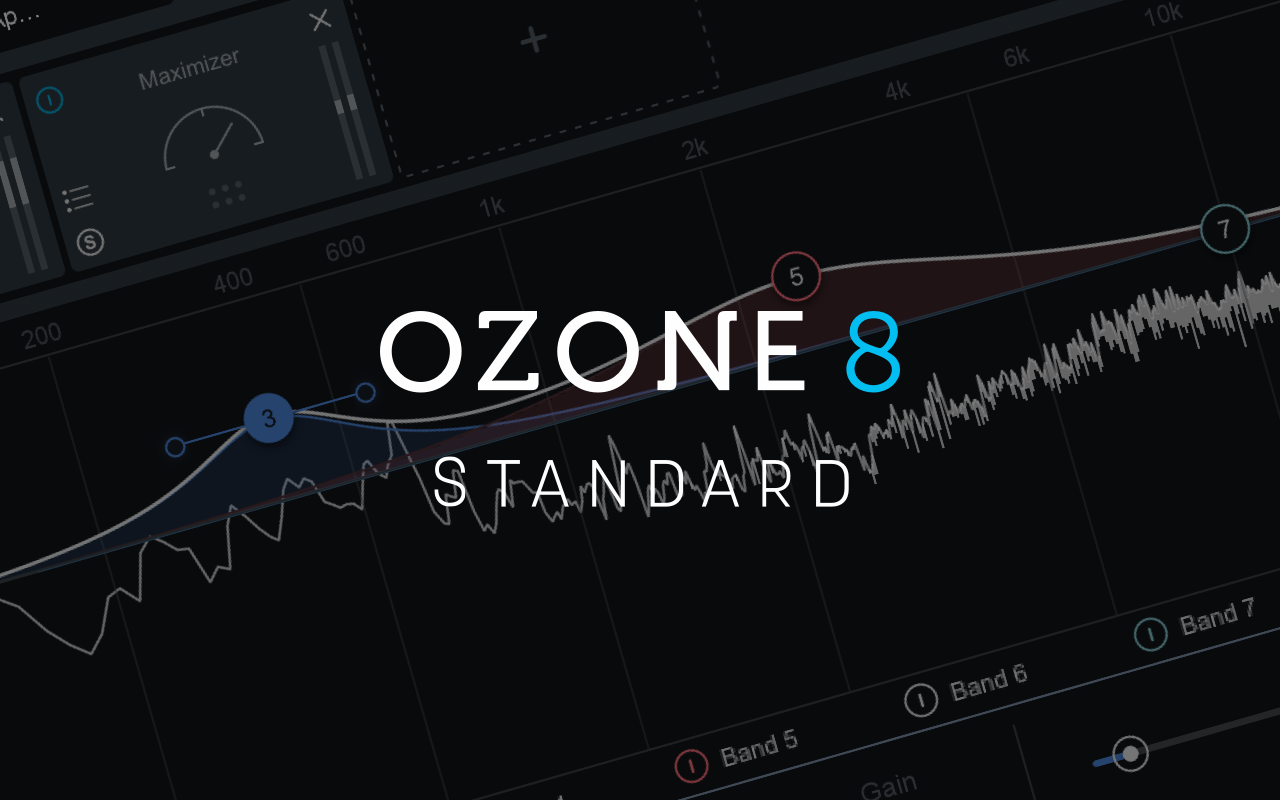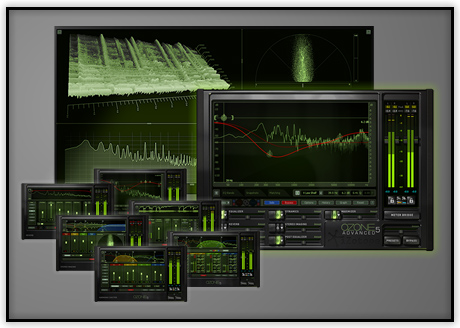


It’s nice to have the option and this is definitely a step in the right direction, but it still feels like there’s room to take things further, as many of the modules are still not utilised. New to Ozone 9, you can now choose a Vintage option, which uses the more characterful modules to give a more analogue and coloured-sounding master, as opposed to the clean and transparent Modern setting. Even if you don’t want to use these modules on your final master, it’s a great way to quickly test out different balances that can be used to inform your final mix.Īlthough the Master Assistant in Ozone 8 was a surprisingly effective and useful tool for giving you an AI-based preset starting point, it was fairly limited in what came out the other side.

It’s a simple but effective tool, though and like the Master Rebalance Module, one that uses clever audio separation to get results that would be impossible by other means. It’s easy to use to get quick results, but you have to be careful you don’t overdo it and end up with too much kick or an over prominent bass, as a little goes a long way and it might not work on every track.
REVIEW IZOTOPE OZONE 8 ADVANCED PLUS
The controls are fairly simple, with Punchy or Smooth modes, a positive or negative Contrast slider and an additional gain control, plus a useful Listen button so you can hear just the effected audio elements. The second major new module is Low End Focus, which lets you home in on a portion of the low-frequency content of a mix and manipulate the separation between the percussive and bass elements. This is mostly likely due to CPU constraints though, and you could potentially use an additional plug-in instance if you really wanted to. The only shame is that you can only pick one of the three to manipulate, so you can’t, for example, increase the bass and vocal at the same time. The fact it works in real time and is surprisingly transparent makes it an incredibly useful tool for making quick adjustments and trying out new balances. On to the new stuff! If you’ve used RX7, then you’ll be aware of the technology behind the new Master Rebalance module, which lets you reach inside a stereo file and adjust the level of the vocals, bass or drum parts by plus or minus 8dB. However, the Dynamics Module slightly falls short of the Compressor in Neutron 3, which has slightly clearer waveforms and a useful Threshold control superimposed over the waveform itself. The analysers and meters are also much smoother, which makes them easier to read. Visually, everything is made better and clearer by the fact that you can now resize the window to fill the screen, making it easier to see waveform details and things like the gain reduction on the Maximizer. You also get additional built-in tools such as the Codec Preview, the ability to load and toggle reference tracks, bypass gain matching and extensive Dither controls. The modules include the aforementioned Vintage processors and new effects (more on these shortly), alongside two EQs, a Dynamic EQ, multiband Dynamics, multiband Exciter, multi-band Stereo Imager, Maximizer and Spectral Shaper.

The main Advanced version of the plug-in features a total of 15 modules that can now all be loaded together into a mega channel strip, which is a significant improvement compared to Ozone 8’s measly six slots (although your computer may hate you for loading all 15). Ozone 9 is available in Elements, Standard and Advanced versions, with the latter including some extra features, modules and break-out component plug-ins.Īs with previous updates, some of the older modules including the Vintage EQ, Compressor, Limiter and Tape have now been made available in the Standard package, making it an even more appealing proposition. I’ve been using Ozone since version 3 and it’s been reviewed in these pages many times over the years, so I’ll keep the synopsis brief and skip to the new and exciting bits. There’s also the standalone version for those that want to master outside the DAW.


 0 kommentar(er)
0 kommentar(er)
